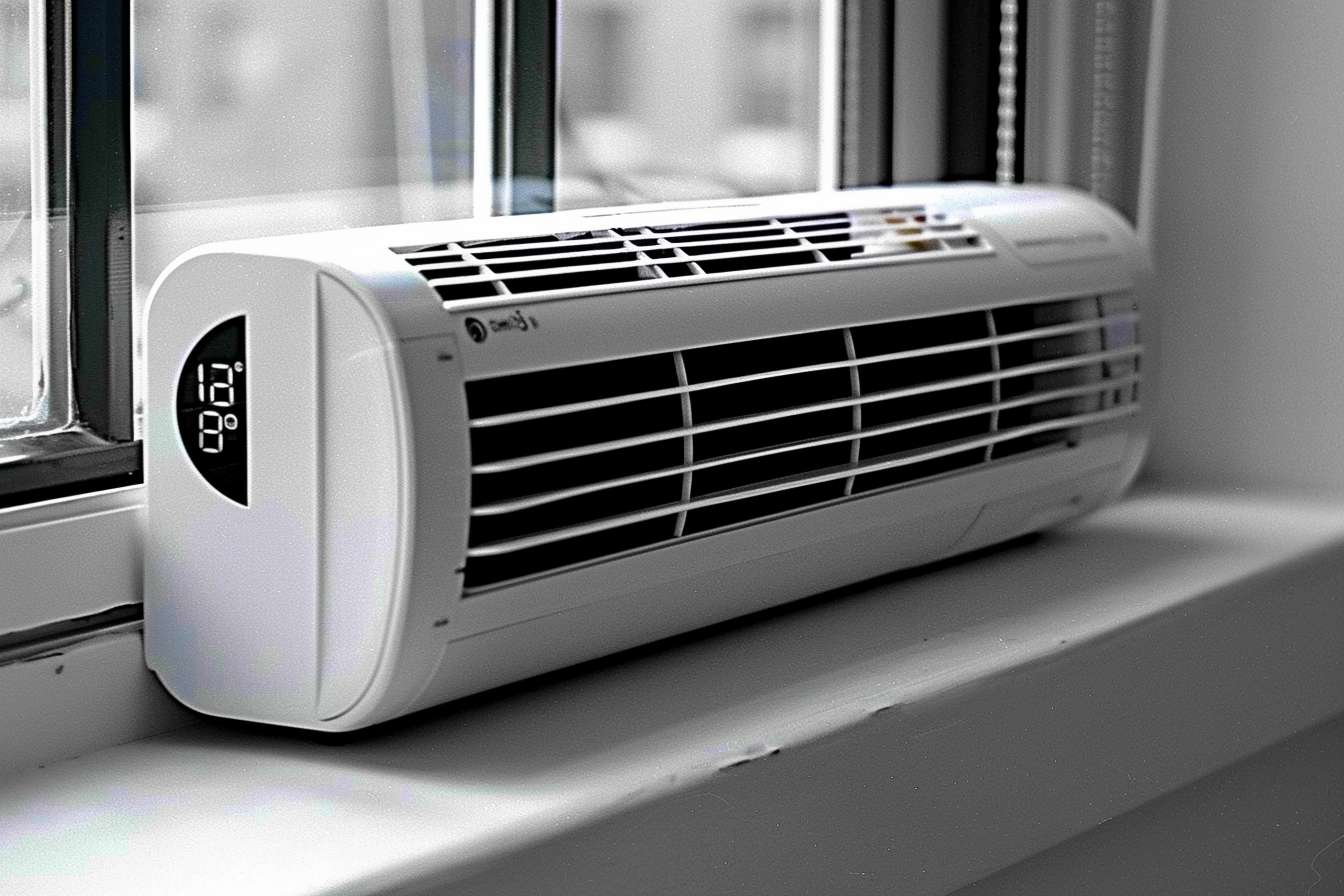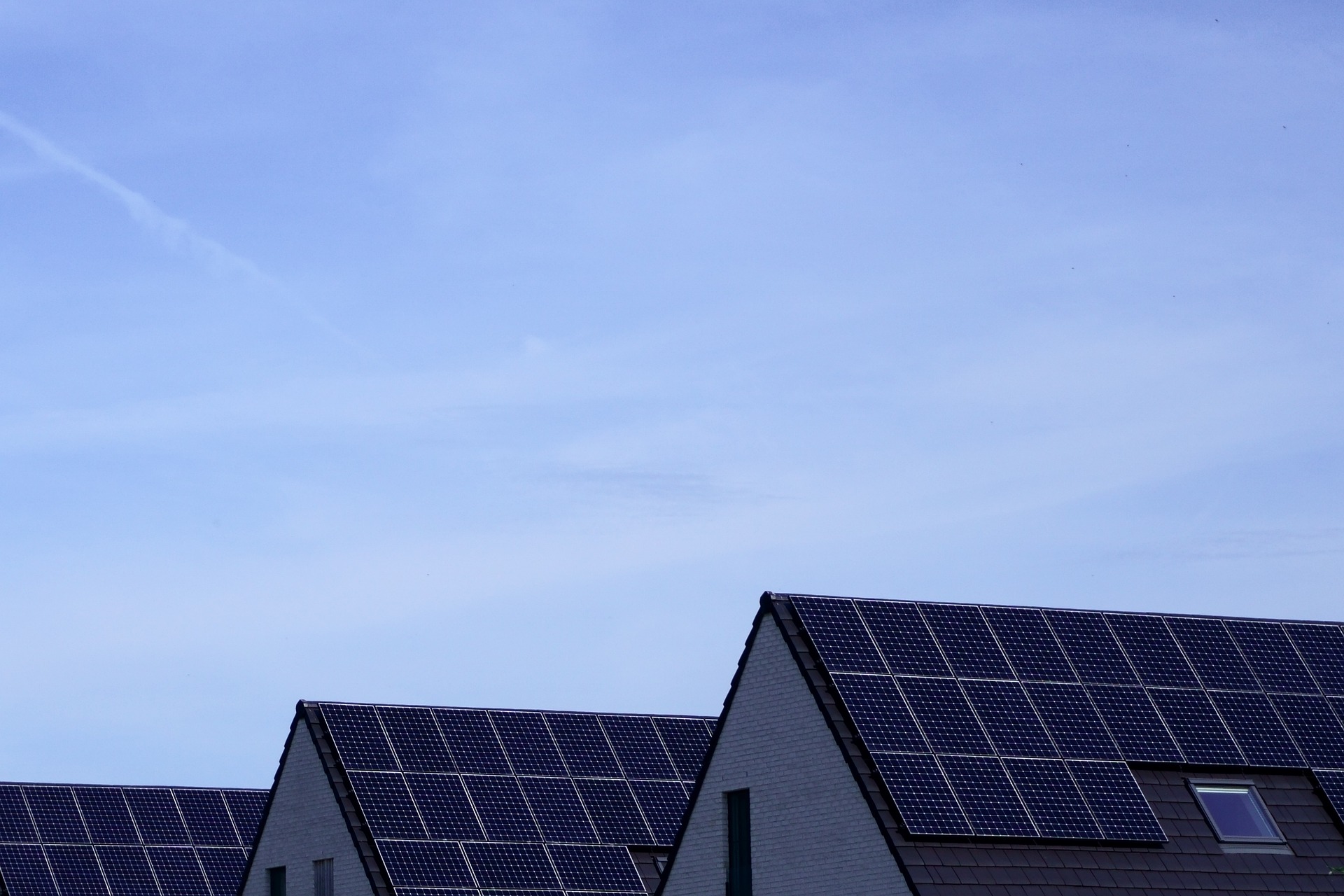Window Films for Home: The Ultimate Guide to Energy Efficiency, Privacy, and Style
Window films help control heat, glare, and UV exposure while offering privacy and style. From decorative frosted designs to energy-saving tints, window films are an easy upgrade that can enhance comfort and protect furnishings from sun damage. See which window films best suits your needs.

What Are Window Films and How Do They Work?
Window films are thin, multi-layer sheets made from polyester and other materials that adhere directly to glass surfaces. They work by selectively filtering light waves and radiation that pass through windows. The technology behind window films has evolved significantly over the years, with modern products offering specialized benefits through different mechanisms:
Solar control films contain microscopic metal particles or special dyes that reflect and absorb solar energy before it enters your home. These films create a barrier that blocks up to 99% of UV radiation while still allowing visible light to pass through. The reflective properties of these window films help redirect solar heat away from your home, reducing the burden on your air conditioning system during warmer months.
Privacy films use varying degrees of opacity and reflectivity to prevent people from seeing inside your home while still allowing natural light to enter. These window films create one-way visibility during daylight hours, giving you privacy without sacrificing brightness.
Types of Window Films for Different Home Needs
The window film market offers various specialized products designed to address specific homeowner concerns:
Solar/heat control window films are primarily designed to reject solar heat while allowing visible light to enter. These films can block up to 80% of solar heat, making them ideal for homes in warm climates or rooms with significant sun exposure. By reducing heat gain, these window films help maintain consistent indoor temperatures and reduce cooling costs.
Security window films provide reinforcement to glass, holding shattered pieces together if broken. These thicker window films (typically 4-15 mil) make it difficult for intruders to quickly gain entry through windows and can protect against storm damage, accidents, or break-in attempts.
Decorative window films come in countless patterns, colors, and finishes, allowing homeowners to add privacy and visual interest without permanent modifications. Options range from frosted films that create the appearance of etched glass to colorful stained glass patterns that transform ordinary windows into statement pieces.
UV-blocking window films specifically target ultraviolet radiation, which causes fading in furniture, flooring, and artwork. Nearly all quality window films block 99% of UV rays, providing protection for your interior furnishings without significantly reducing natural light.
Benefits of Installing Window Films in Your Home
The advantages of window films extend beyond their primary functions, offering homeowners multiple benefits:
Energy efficiency represents one of the most compelling reasons to install window films. By reducing solar heat gain in summer and helping retain heat in winter, quality window films can lower energy bills by up to 15%. This improved thermal performance means your HVAC system won’t need to work as hard to maintain comfortable temperatures.
Privacy enhancement comes from films that prevent outsiders from seeing into your home while still allowing natural light to enter. This is particularly valuable for street-facing windows, bathrooms, and ground-floor rooms without compromising on brightness or views.
Furniture and flooring protection is achieved through UV-blocking technology in window films. By filtering out harmful ultraviolet radiation, these films prevent premature fading and deterioration of valuable furnishings, extending their lifespan significantly.
Glare reduction improves comfort when watching television, using computers, or reading near windows. By filtering harsh sunlight, window films create a more comfortable indoor environment without the need to constantly adjust blinds or curtains.
How to Choose the Right Window Film for Your Home
Selecting the appropriate window film requires consideration of several factors:
Climate considerations should guide your choice, as different regions have distinct needs. In hot, sunny climates, solar control films with high heat rejection properties work best. In mixed climates, look for window films with both insulating and solar control properties that perform well year-round.
Window orientation affects which films work best where. South and west-facing windows typically receive the most intense sun exposure and benefit from stronger solar control properties. North-facing windows might need less heat rejection but could benefit from insulating properties in colder regions.
Aesthetic preferences play an important role in your decision. Window films range from nearly invisible to decoratively prominent. Consider how the appearance will complement your home’s interior and exterior design. Many manufacturers offer samples so you can test how different window films look in your specific lighting conditions.
Professional installation versus DIY application is another important consideration. While DIY kits are available, professional installation ensures proper adhesion, fewer bubbles or imperfections, and often includes warranties that self-installation might void.
Window Film Installation: Professional vs. DIY Approaches
Installation methods for window films vary in complexity and results:
Professional installation typically costs between $6-14 per square foot, with the price varying based on film type, window accessibility, and regional labor rates. Professionals bring specialized tools, expertise in working with different window configurations, and knowledge of proper techniques to avoid bubbles and imperfections. Most professional installations include warranties covering both the film and installation work.
DIY installation kits range from $1.50-7 per square foot for residential-grade films. These kits include the film, application solution, and basic tools like squeegees. While DIY installation can save money, it requires patience, precision, and careful surface preparation. Results typically depend on the installer’s skill level and attention to detail.
| Window Film Type | Average Cost (Professional Installation) | Average DIY Kit Cost | Primary Benefits |
|---|---|---|---|
| Solar Control | $7-12 per sq. ft. | $2-6 per sq. ft. | Heat reduction, energy savings |
| Security | $9-14 per sq. ft. | $3-7 per sq. ft. | Shatter resistance, burglary deterrence |
| Decorative | $6-15 per sq. ft. | $1.50-5 per sq. ft. | Privacy, aesthetics |
| UV-Blocking | $6-10 per sq. ft. | $2-4 per sq. ft. | Furniture protection, fade prevention |
Prices, rates, or cost estimates mentioned in this article are based on the latest available information but may change over time. Independent research is advised before making financial decisions.
Maintenance and Lifespan of Residential Window Films
Quality window films require minimal maintenance while offering years of performance:
Most residential window films last between 10-20 years depending on quality, exposure conditions, and installation method. Premium films with warranties typically perform at the upper end of this range. Signs of aging include bubbling, peeling edges, discoloration, or reduced effectiveness.
Proper maintenance is simple but important for longevity. Clean films with non-abrasive, ammonia-free cleaners and soft cloths or squeegees. Avoid using abrasive tools or harsh chemicals that could damage the film’s surface. For the first few weeks after installation, avoid cleaning entirely to allow proper curing and adhesion.
Warranties vary significantly between products and installation methods. Professional installation typically includes warranties ranging from 10-15 years for premium films, while DIY products might offer limited guarantees of 5-10 years. Always check warranty terms, as they often contain specific maintenance requirements to remain valid.
Window films represent a cost-effective upgrade that enhances comfort, privacy, and energy efficiency without replacing your existing windows. By understanding the various types available and considering your specific needs, you can select window films that provide lasting benefits for your home while potentially reducing energy costs and protecting your interior furnishings from sun damage.




